Amanita Muscaria
$100.00 – $1,000.00
Amanita Muscaria
Amanita Muscaria Online var. muscaria (Fly Agaric) is perhaps the most fascinating mushroom on this beautiful planet: It has been accused of being everything from the fruit that Adam & Eve ate in the Garden of Eden, to the true origin of Christmas and his flying reindeer, to the inspiration for countless religious sects including Buddhism, Hinduism, and even Christianity.

Amanita Muscaria

Title: Amanita Muscaria: An Enigmatic and Iconic Mushroom
Buy Amanita Muscaria
Introduction:
Amanita muscaria, commonly known as the fly agaric, is a distinctive and captivating mushroom species. It has captivated human imagination for centuries due to its striking appearance, mythological associations, and intriguing psychoactive properties. This article provides a comprehensive description of Amanita muscaria, covering its taxonomy, physical characteristics, distribution, cultural significance, psychoactive compounds, and potential effects.
Amanita Muscaria for sale
1. Taxonomy and Physical Characteristics:
Amanita muscaria belongs to the Basidiomycota phylum and the Amanitaceae family. It is characterized by its iconic red to orange cap adorned with white or yellowish patches, giving it a distinct appearance. The cap typically ranges from 5 to 20 centimeters in diameter and is initially convex before flattening out. The mushroom’s stem is white, sometimes with a ring or remnants of a veil, and has a bulbous base. Underneath the cap, it features white to yellowish gills.
Amanita Muscaria near me
2. Distribution and Habitat:
Amanita muscaria is widely distributed across the Northern Hemisphere, including Europe, Asia, and North America. It is commonly found in association with certain tree species, such as birch, pine, and spruce. Amanita muscaria forms symbiotic relationships with these trees, with its mycelium intertwining with the roots to exchange nutrients.
3. Cultural Significance and Mythology:
Amanita muscaria holds a prominent place in various cultural and mythological traditions. It has been depicted in art, literature, and folklore throughout history. In some cultures, it is associated with magic, shamanism, and spiritual practices. The mushroom’s distinctive appearance and psychoactive properties have inspired tales of enchantment and altered states of consciousness.
Buy Amanita Muscaria online
4. Psychoactive Compounds:
Amanita muscaria contains several psychoactive compounds, although their precise effects and mechanisms of action are not yet fully understood. The primary psychoactive constituents include muscimol and ibotenic acid. Muscimol acts as a potent GABA receptor agonist, leading to sedative and hypnotic effects, while ibotenic acid has excitatory properties. The levels of these compounds can vary depending on factors such as geographic location, age of the mushroom, and environmental conditions.
5. Potential Effects:
Consuming Amanita muscaria can induce a range of effects, including sedation, euphoria, hallucinations, and altered states of consciousness. The experience can be highly variable and influenced by factors such as dosage, individual tolerance, and set and setting. Some users report vivid visual hallucinations, changes in perception of time, and feelings of connection with nature. However, it is important to note that Amanita muscaria also contains toxins, and improper preparation or dosage can lead to unpleasant or toxic effects.
6. Traditional and Contemporary Use:
Amanita muscaria has a long history of traditional use in various cultures. Siberian and Northern European shamans are said to have utilized the mushroom for spiritual and healing practices. Traditional preparation methods involve drying or cooking the mushroom to remove some of the toxins and enhance its psychoactive properties. In contemporary times, Amanita muscaria is sometimes used recreationally or for self-exploration, although caution and responsible use are essential due to its potential risks.
7. Precautions and Considerations:
When considering the use of Amanita muscaria, it is crucial to exercise caution and take certain precautions. Due to its potential toxicity and variability in psychoactive effects, inexperienced users are advised to approach it with care. Accurate identification of the mushroom is essential to avoid ingestion of toxic species that may resemble Amanita muscaria. Additionally, interactions with other substances, individual sensitivities, and personal health considerations should be taken into account.
Conclusion:
Amanita muscaria, with its iconic appearance, cultural significance, and psychoactive properties, remains a captivating and enigmatic mushroom. Its use and exploration have been intertwined with human history, mythology, and spiritual practices. While its effects and mechanisms of action are not fully understood, Amanita muscaria continues to fascinate and intrigue those who encounter it. It is essential to approach Amanita muscaria with respect, caution, and responsible use to ensure a safe and meaningful exploration of its potential effects.
| Quantity | 1 Oz, 1/4 Lbs, 1/2 Lbs, 1 Lbs |
|---|
Be the first to review “Amanita Muscaria” Cancel reply
Related products
Bestsellers
Bestsellers
Bestsellers
Bestsellers
Bestsellers
Bestsellers
Bestsellers
Bestsellers
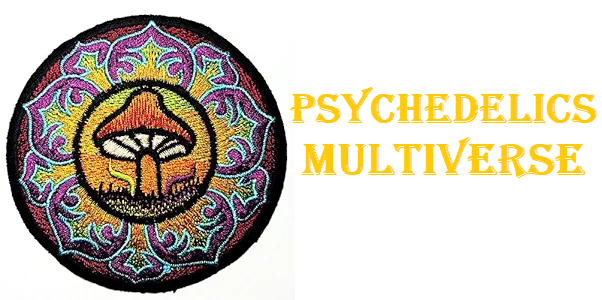

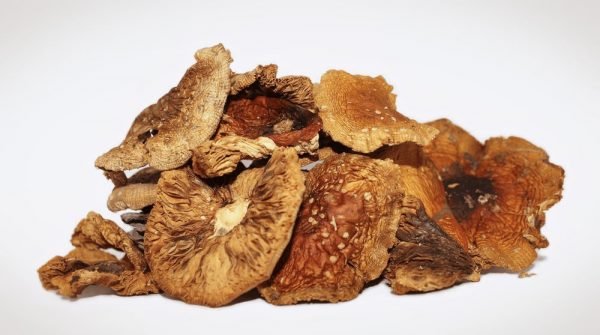


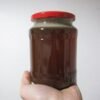
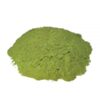








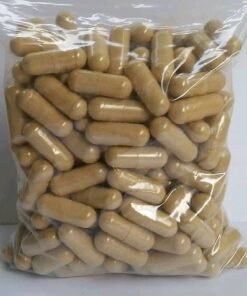


Reviews
There are no reviews yet.